By: Syed Shayan
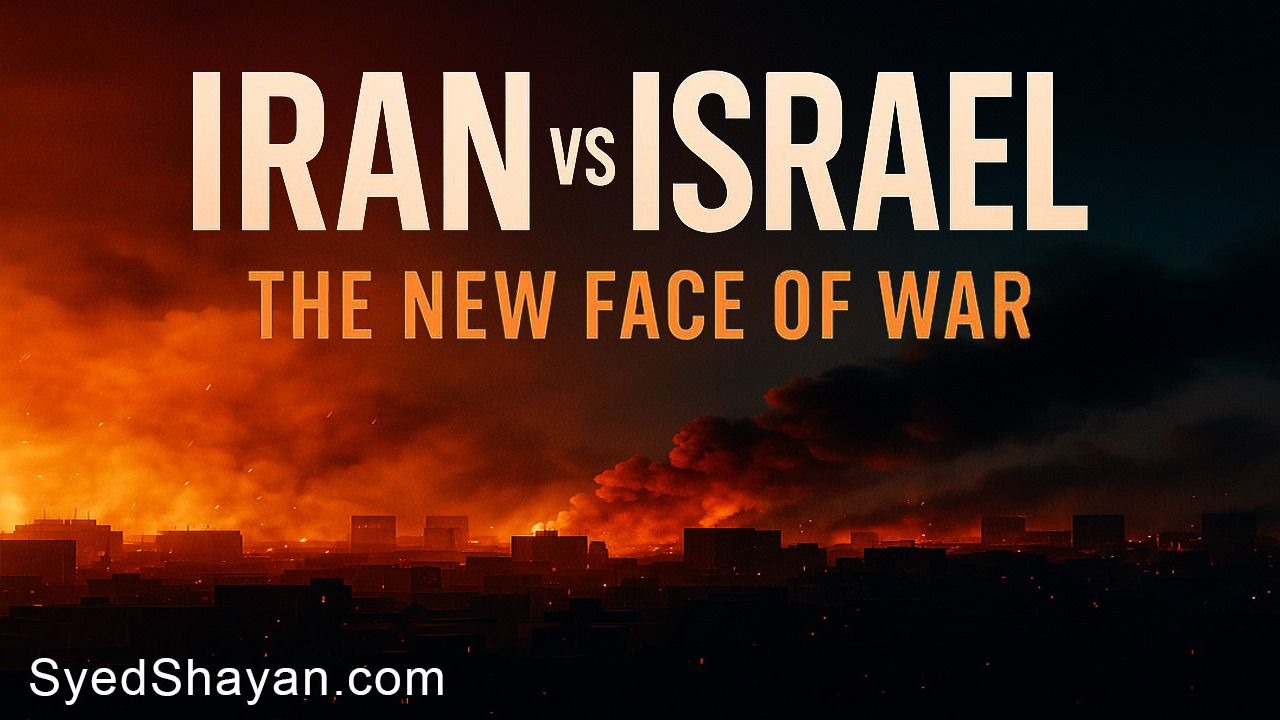
English Version Stats: 1 hr 52 min total reading time by 26 readers
[Urdu version metrics tracked separately]
Iran vs Israel: War, Geography, and Modern Technology
Striking a nation from 1,500 kilometers away marks one of the most remarkable feats witnessed in this century.
Technology is no longer just a utility. It has become the most advanced weapon of modern warfare. Tasks that were once performed by machine guns, bombs, tanks, or artillery are now accomplished through a single code, a server command, or the press of a button. The enemy’s face is no longer visible. Their weapons are unseen. The battlefield has no clear borders. A silent code or invisible trigger can ignite entire systems in the blink of an eye. Electricity vanishes, water supply halts, and entire cities glowing with lights suddenly plunge into darkness, as if time itself has paused. Cyberattacks today can disable an enemy’s power, water, internet, and military command infrastructure. Ballistic and hypersonic missiles can destroy cities from thousands of kilometers away in a matter of seconds. The real battlefield of modern war now lies not on the ground but within technological networks.
We first witnessed this transformation during the three day war between Pakistan and India, but the ongoing Iran Israel conflict has fully exposed this new reality.
It is striking to realize that the entire state of Israel, in terms of land and population, is roughly equivalent to just one division of Pakistan. The Rawalpindi Division, comprising Rawalpindi, Attock, Jhelum, Chakwal, and the newly separated Murree district, spans approximately 22300 square kilometers, slightly more than Israel’s total area of 22145 square kilometers. In essence, a fully sovereign nation is the size of just one administrative division of Pakistan.
The comparison remains true in terms of population as well. Israel’s current population is approximately 10.2 million, while the Rawalpindi Division is estimated to have around 11 million people. This illustrates that Israel, as a state, is even smaller than a single Pakistani division, both in area and in population.
Why then does such a small country continue to engage in war with a nation many times larger? The key reason is its extraordinary defensive technology, including systems like the Iron Dome, David’s Sling, and Arrow, capable of intercepting 80 to 90 percent of enemy missiles. However, following the severe damage in the recent conflict, the credibility of this technology is now under scrutiny.
Second, Israel mandates compulsory military service. 32 months for men and 24 months for women. This integrates every citizen into its defense framework. Third, Israel receives 3.3 to 3.8 billion dollars annually in military aid from the United States, with 500 million specifically allocated for missile defense systems. Fourth, Israel invests 6.0 to 6.3 percent of its GDP in research and development, double the OECD average, giving it a technological advantage over Iran.
The Iran Israel war can be analyzed from three key dimensions, which reveal the conflict’s dynamics and implications clearly for any neutral observer:
1. Strategic Geography
2. Population Density
3. Firepower and Technology
1. Strategic Geography
Iran and Israel do not share a border, but their enmity is direct.
Despite a physical distance of over 1500 kilometers, Iran can strike Israel with missiles, drones, and a network of proxy forces, traversing the airspace of Iraq, Syria, Lebanon, and Jordan. Iran has organized its allied groups in Syria and Lebanon in such a way that they remain close to Israel’s borders and can pressure it at any moment. Groups like Hezbollah not only launch rockets but also provide local intelligence and public support.
Through maritime routes, Iran can access Israel’s western coastline via the Persian Gulf, Strait of Hormuz, Yemen, the Red Sea, the Suez Canal, and the Mediterranean. With the support of Houthi rebels in Yemen, Iran has secured a strategic foothold in the Red Sea, posing a threat to Israel’s ports.
Conversely, Israel cannot launch direct land or sea attacks on Iran, but it has unmatched air superiority, especially through F35 aircraft, cyber warfare capabilities such as the Stuxnet virus used against Iran’s Natanz facility, and the operations of its intelligence agency Mossad. In this war, Israel has targeted key Iranian leaders, scientists, installations, and sensitive sites, proving its deep strike capabilities. Mossad’s operations not only affect Iran militarily but also serve as a psychological pressure tactic.
In short, Iran’s network of proxies in Syria, Lebanon, Iraq, and Yemen allows it to operate near Israel’s borders, while Israel’s air power and covert operations enable it to strike deep inside Iranian territory.
2. Population Density
Military strategy always considers that the greatest human loss occurs in areas with high population density during airstrikes, missile strikes, or bombardment.
Population density refers to the number of people living per square kilometer in a specific area. For example, a density of 10000 means that 10000 people live within each square kilometer.
Israel is a small but densely populated country, averaging more than 430 people per square kilometer. In contrast, Iran is vast, with a total population of about 90 million and an average population density of just 56 people per square kilometer. This makes Israel more vulnerable during war, as its civilian and military infrastructure is tightly packed. Iran’s sprawling geography, however, provides strategic depth that serves as a defensive advantage.
In the recent conflict, the Israeli strikes targeted highly populated Iranian cities such as Tehran, Isfahan, and Tabriz. Tehran’s density approaches 14000 people per square kilometer, Isfahan has about 4025, and Tabriz nearly 4795. These are dense urban environments where a single attack can affect thousands simultaneously. When roads, hospitals, schools, and infrastructure are concentrated in a small area, the destruction becomes more catastrophic.
Iran, perhaps due to the religious sensitivity of Jerusalem, sacred to Judaism, Christianity, and Islam, avoided targeting it directly. Instead, it selected Tel Aviv, Haifa, and Bat Yam as its primary targets.
• Tel Aviv: population approximately 495600; density approximately 7600 to 8600 per square kilometer
• Haifa: population approximately 290000; density approximately 3900 to 4100 per square kilometer
• Bat Yam: population approximately 126000; density approximately 12000 per square kilometer, one of Israel’s most densely populated cities
In conclusion, Israel is a small and highly populated country, where urban centers are vulnerable to attacks that could result in high civilian casualties. Iran, with its vast and sparsely populated geography, gains a defensive edge in the face of enemy strikes.
3. Firepower and Technology
In warfare, the capability of one side to kill, burn, destroy, or cripple the enemy is termed firepower. Historically, this referred to physical might, artillery, tanks, and air bombings. During World Wars I and II, it was measured by how much explosive force a side could deploy. In those wars, battlefields were clearly defined, the enemy was visible, and destruction was largely physical. Yet even then, social systems were not completely paralyzed.
Over time, firepower has evolved. It now extends beyond explosives to include technological intelligence and systems control. Today, firepower is categorized into:
• Kinetic Firepower: physical destruction through conventional weapons
• Cyber Firepower: attacks on digital infrastructure and networks
• Electronic Warfare: jamming communication and signal systems
All three types of firepower are evident in the Iran Israel conflict. This is no longer a traditional war but a multi dimensional, technology driven, and intelligence based confrontation. Distance, battlefields, and weapons have all become non conventional. Iran is employing a mix of conventional and unconventional warfare, using missiles, drones, and proxy militias. Israel, meanwhile, is executing cyberattacks, deploying advanced F35 fighter jets, and leveraging Mossad’s covert operations to target sensitive infrastructure deep within Iran.
4


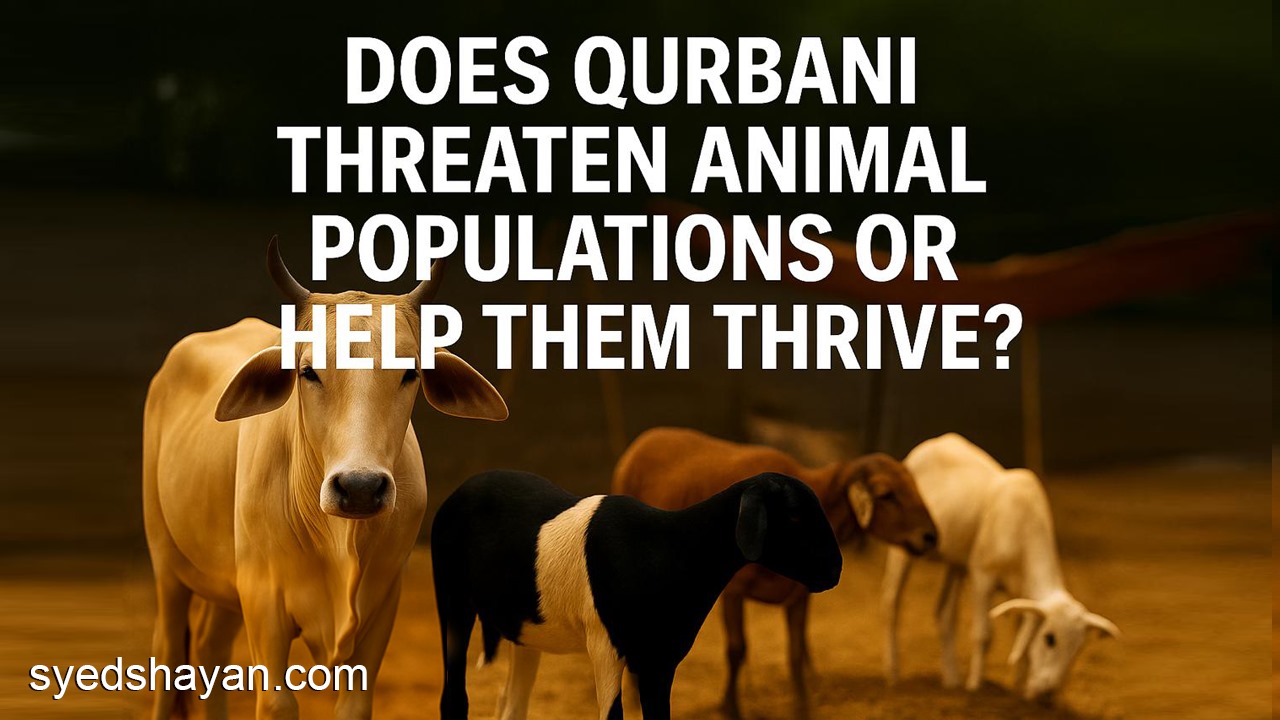



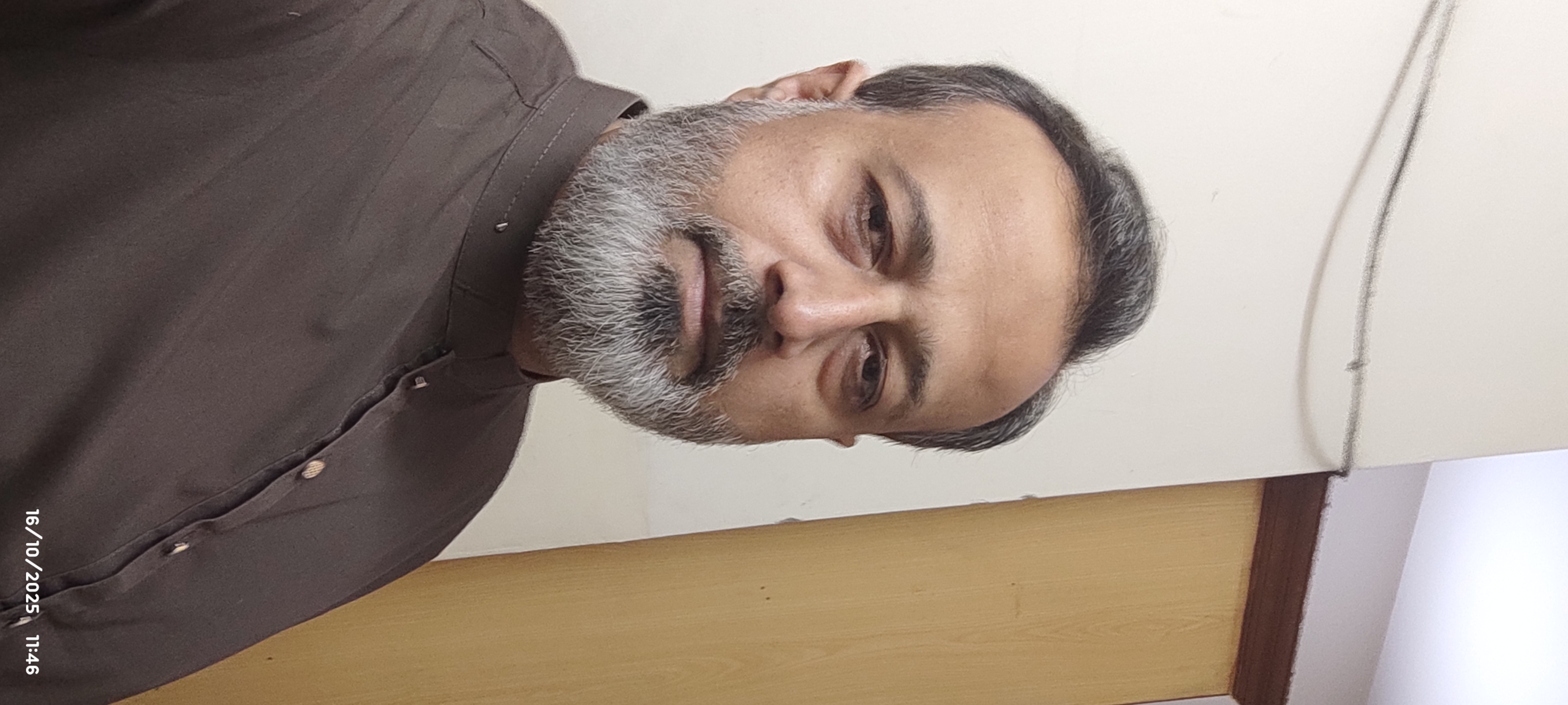


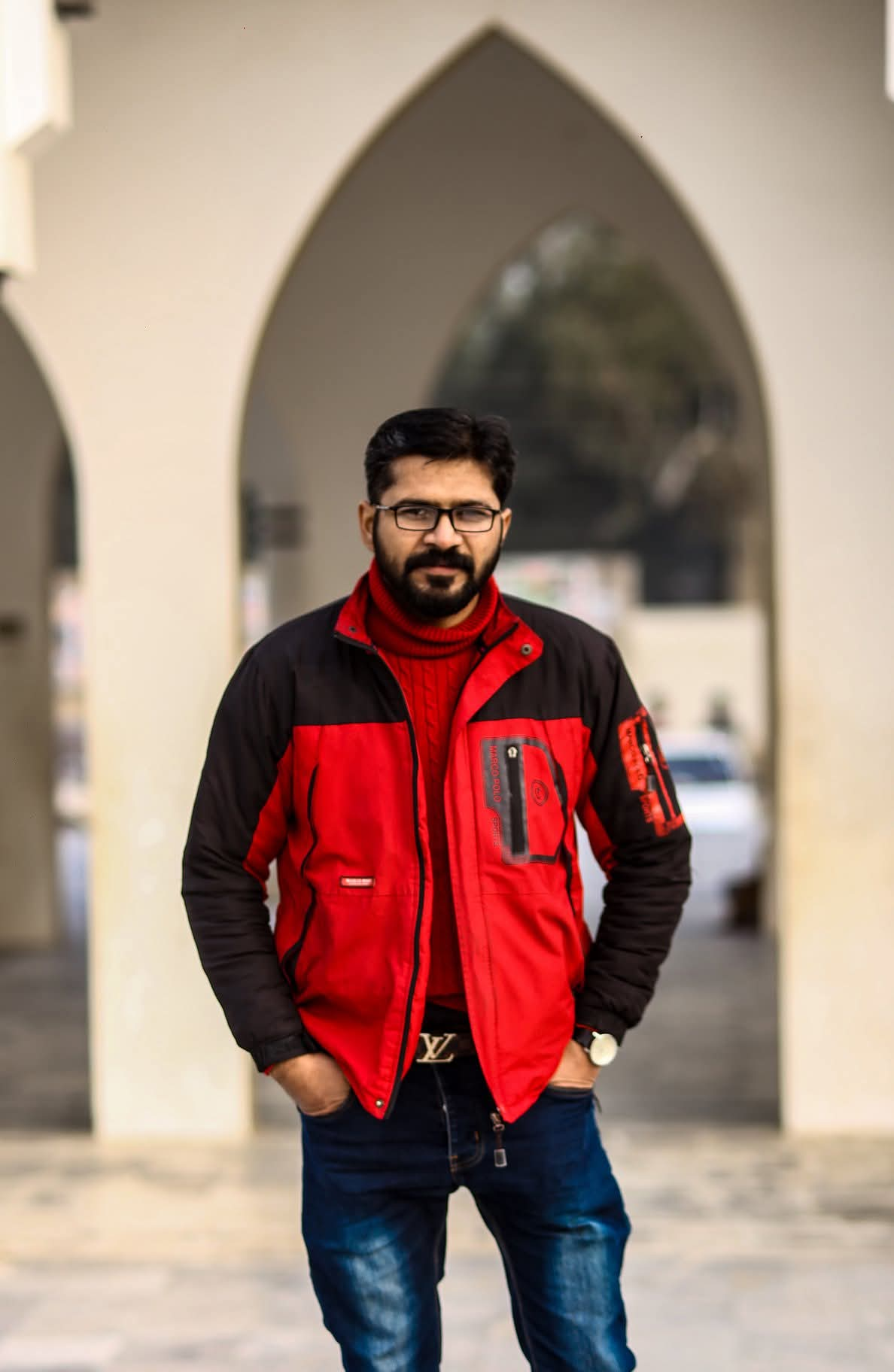

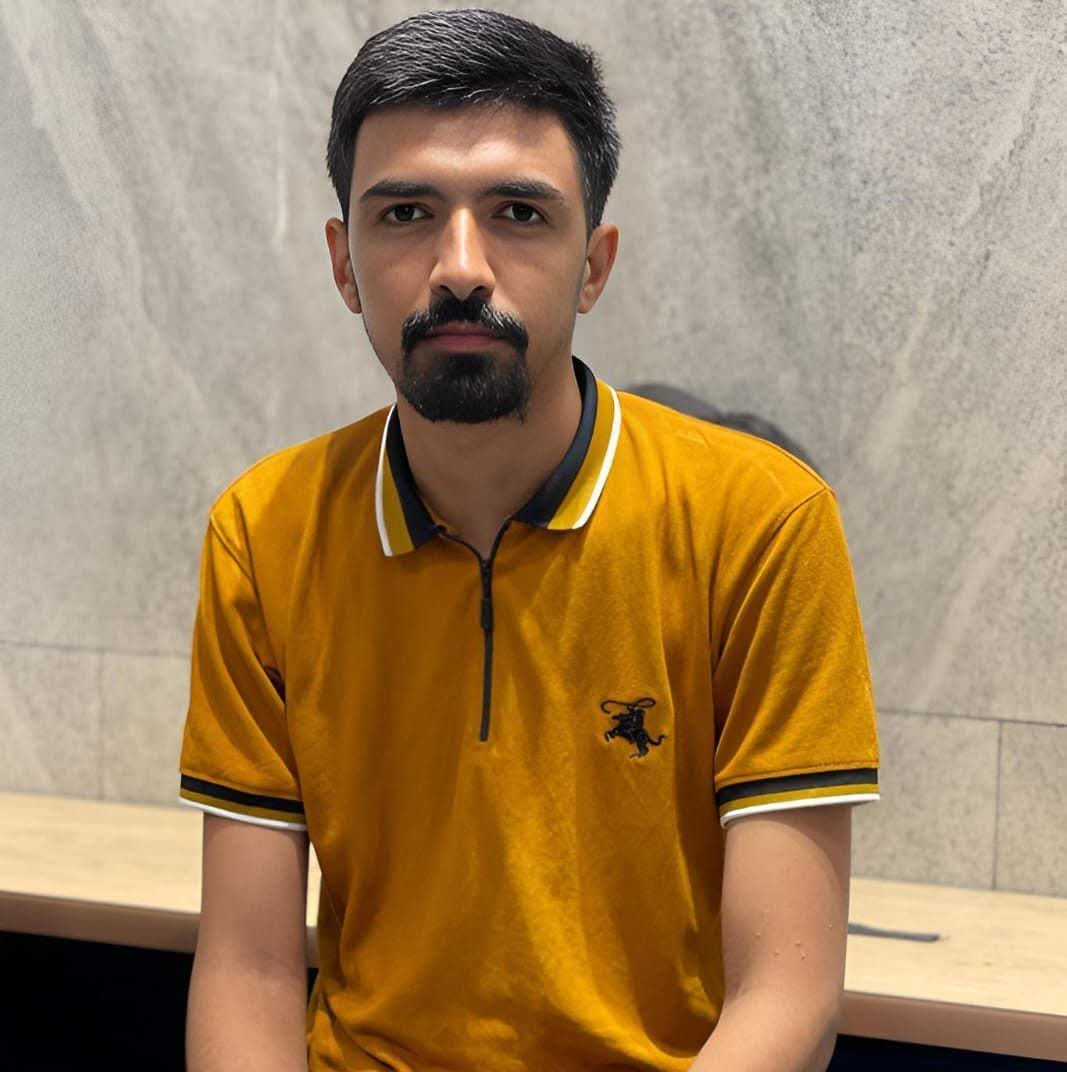


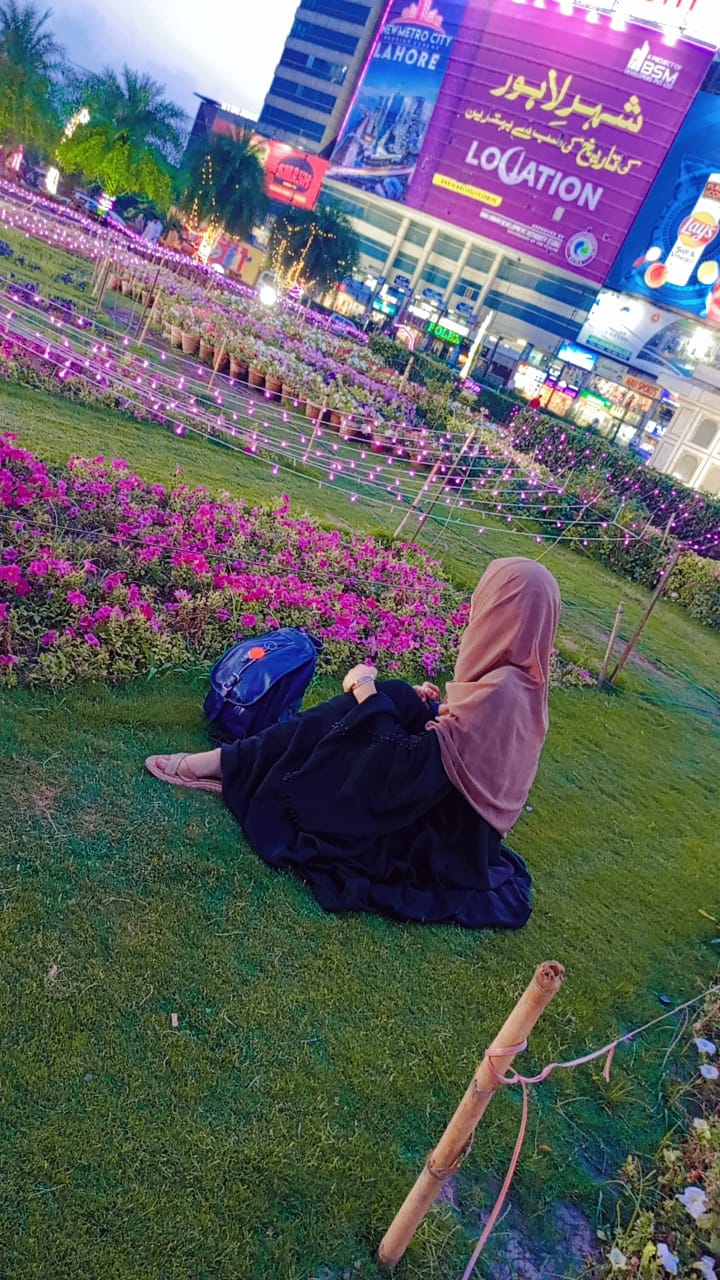
0 Comment
26 Views